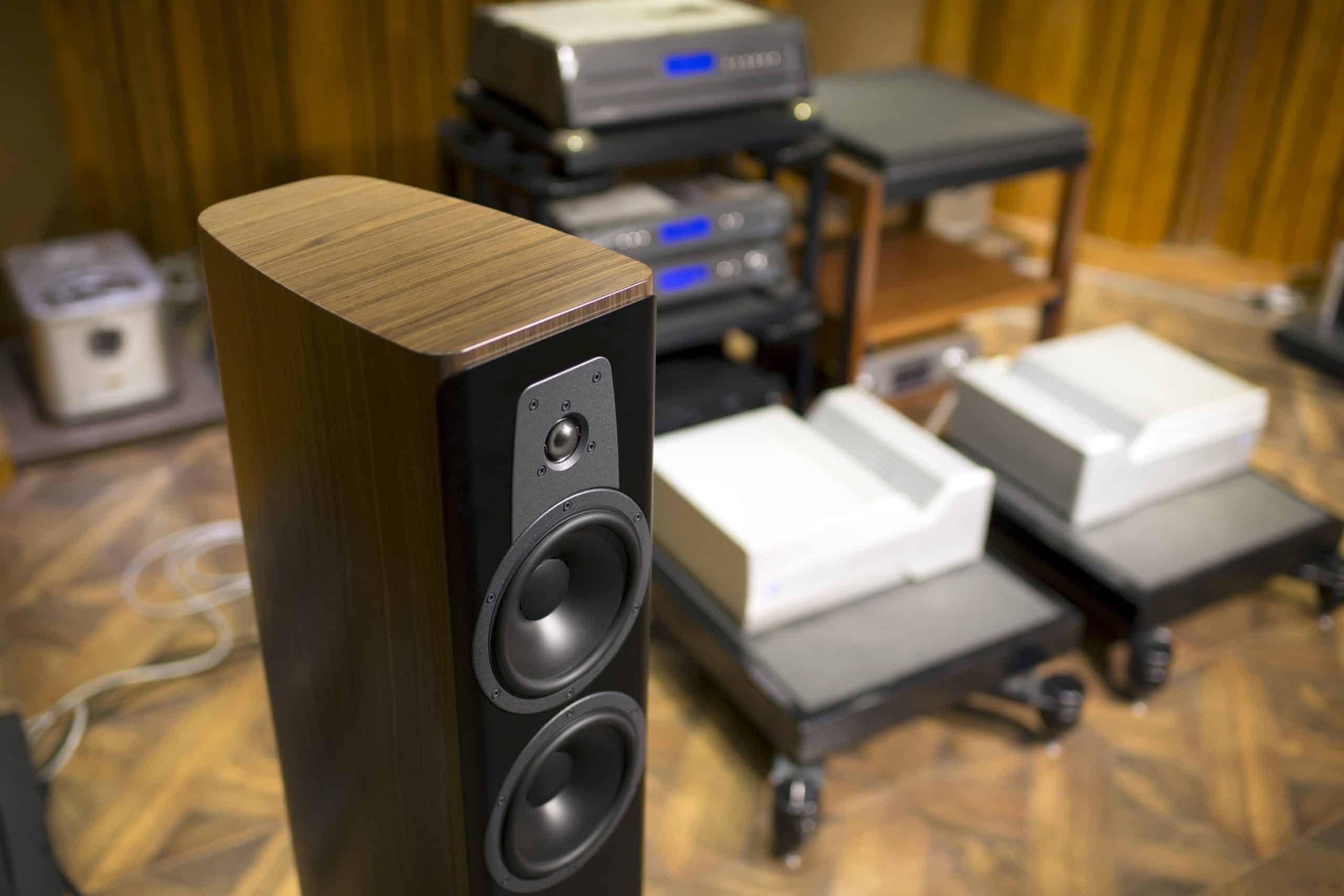Dynaudio Contour 30 Review
At the 16th Munich Audio Show, Dynaudio unveiled their new Contour series of speakers, which breaks through the past with a unique perspective and a new design. The series launched a total of four speakers, namely the smallest bookshelf speaker Contour 20, the medium floor speaker Contour 30, the larger floor speaker Contour 60, and the centre Contour 25C. And here is the review of Dynaudio contour 30.
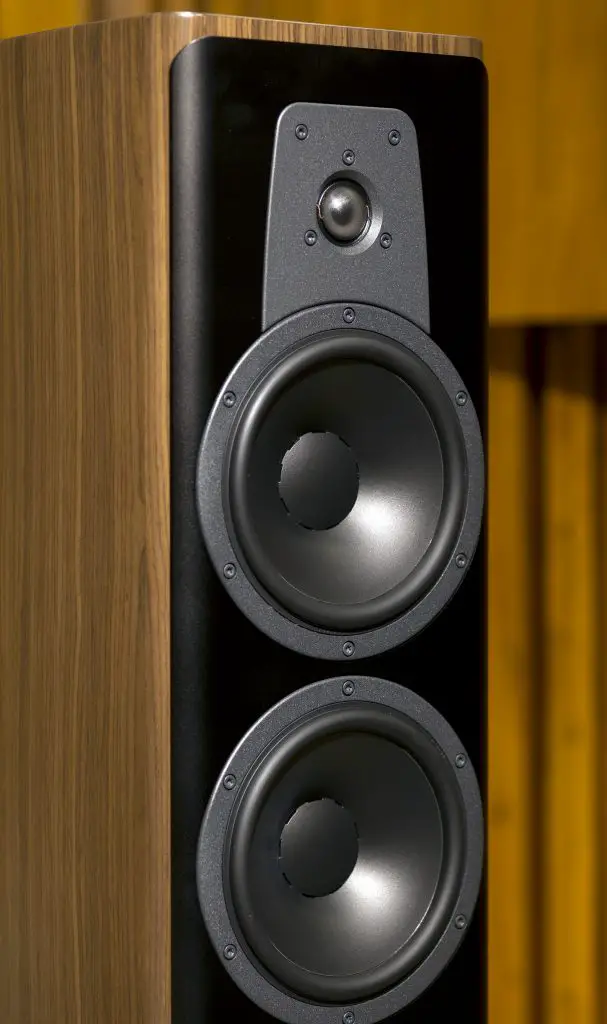
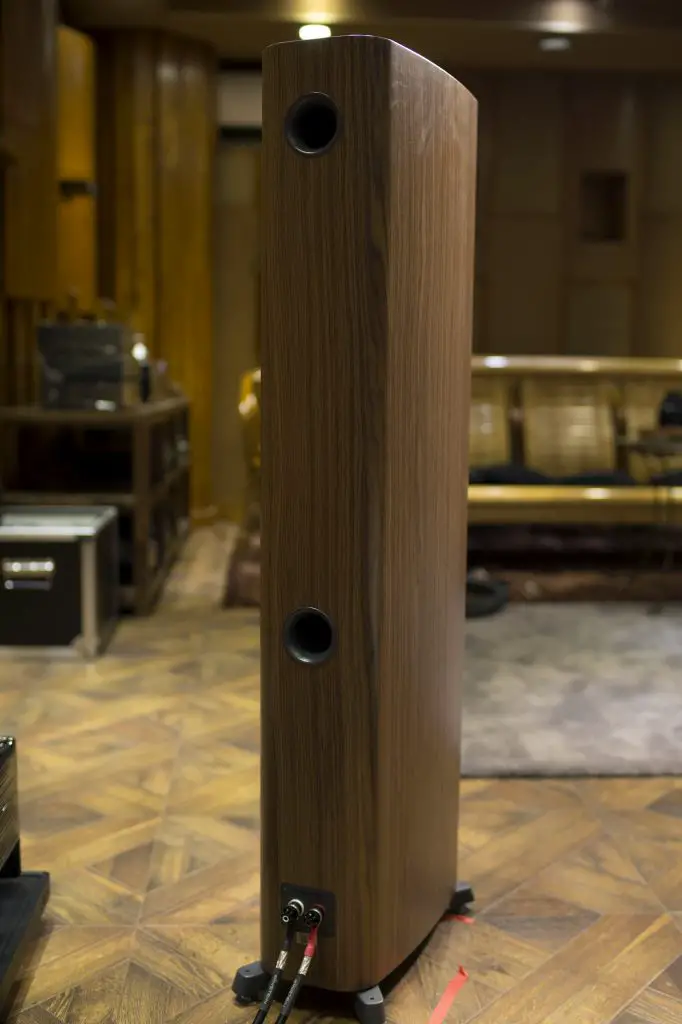
Classic and Digital Product Series
Around 2012, Dynaudio launched XEO for the first time. Since then, Focus XD has continued, focusing on “Wireless Hi-End”, which combines the three principal features of active, digital and wireless, and has become Dynaudio’s marketing centre for several years.
However, the marketing focus in 2016 seems to be back to the traditional speakers. From the classification of the Dynaudio’s website, Dynaudio’s market strategy can be observed. Speaker products are divided into two categories, Classic and Digital. Classic is a traditional passive speaker. This part is arranged from high to low, namely Evidence, Consequence, Confidence, Contour, Excite and Emit.
The Digital product line is Focus XD and XEO. Digital takes the All-in-one route. People buy it and plug it in, and it can be used when a mobile phone or computer is connected.
The Classic series follows the traditional route of Dynaudio. The new facelifted Contour, the most significant difference in appearance is the arc-shaped speaker cabinet. The speaker recognition is still very high. For example, the silk soft hemisphere treble and the MSP diaphragm have not changed. But everything I said hasn’t changed, only the appearance hasn’t changed all the hardware has changed.
A Complete Change
Let’s start to see how Contour 30 “completely changed”? The mid-bass unit was replaced with a new unit called “18W55”.How is the “18W55” mid-bass unit revised entirely? Dynaudio’s R&D team first used Finite Element Method (FEM) computer analysis to try to find ways to modify and improve performance.
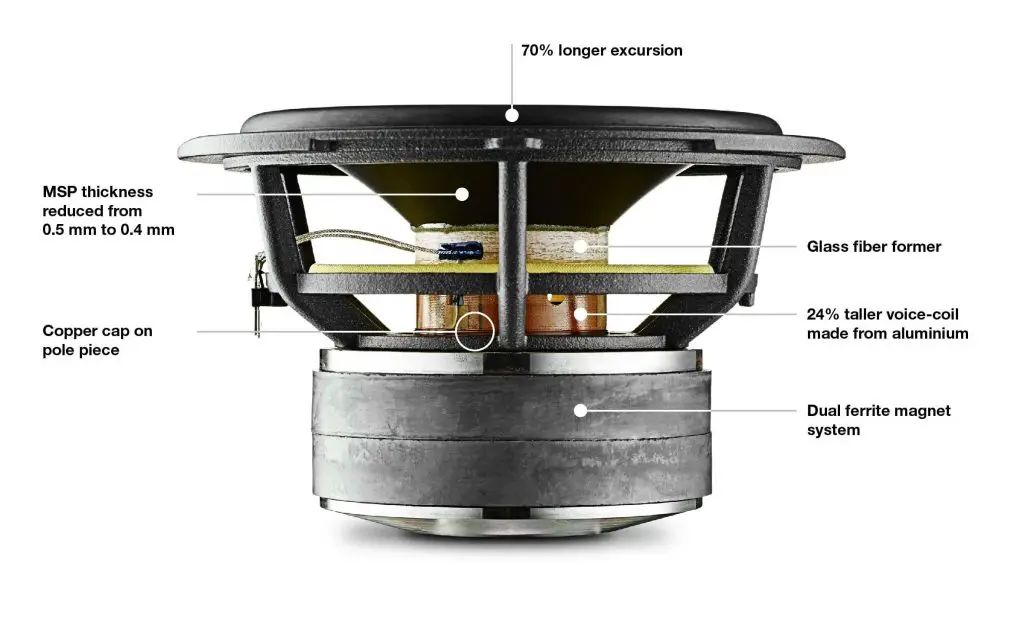
The first change is the spider design. Generally speaking, the spider uses the concentric arrangement, but Dynaudio engineers found that the asymmetrical spider design can further improve the efficiency. Thus the new technology further increases the maximum sound of the speaker’s pressure. So the new Contour 30 can be made to be more powerful and louder.
After the FEM, Dynaudio engineers also thinned the MSP diaphragm from 0.5mm to 0.4mm. Also, the engineers developed the loudspeaker driver with 70% increased excursion, a 24% taller voice-coil winding height, 20% larger diaphragm area and a “taller-than-usual” 7.6mm elliptical surround.
Because the stroke of the new 18W55 mid-bass has increased by 70%, the voice coil winding has also become longer. The voice coil is made of glass fibre material,and voice coil winding is also Dynaudio’s famous aluminium alloy winding. And the voice coil length increased by 24%.
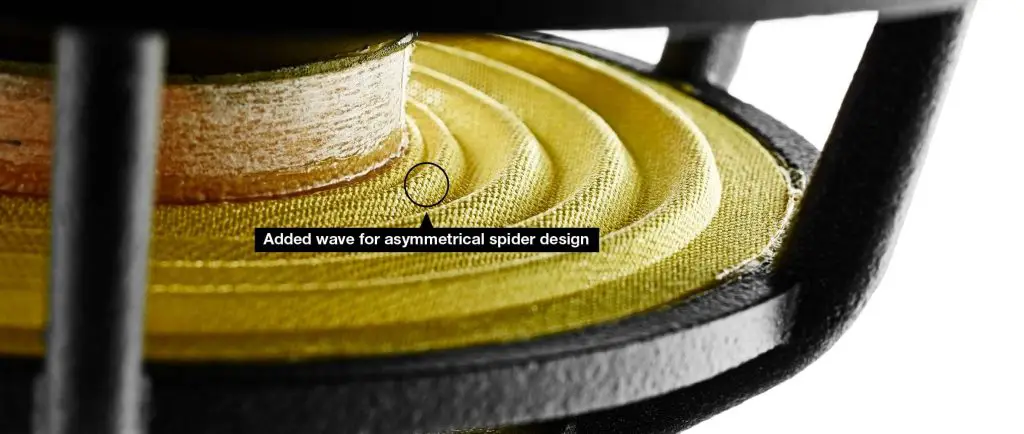
To improve the voice coil’s linearity, a copper ring is added to the magnetic pole. A dual magnetic engine is used, and the internal heat dissipation design is also increased.
Top Esotar2 Tweeter
With such a powerful new 18W55 mid-bass unit, what kind of tweeter should be equipped with Contour 30? I believe that the R & D unit has been thinking for a long time, and finally adopted Dynaudio’s highest-order Esotar2 tweeter!
Dynaudio has always insisted on silk soft hemisphere tweeters. They think this is the best tweeter at present. Esotar2 is the top style of silk soft hemisphere tweeter produced by Dynaudio. That is also the first time Dynaudio extended Esotar2 to Contour series.
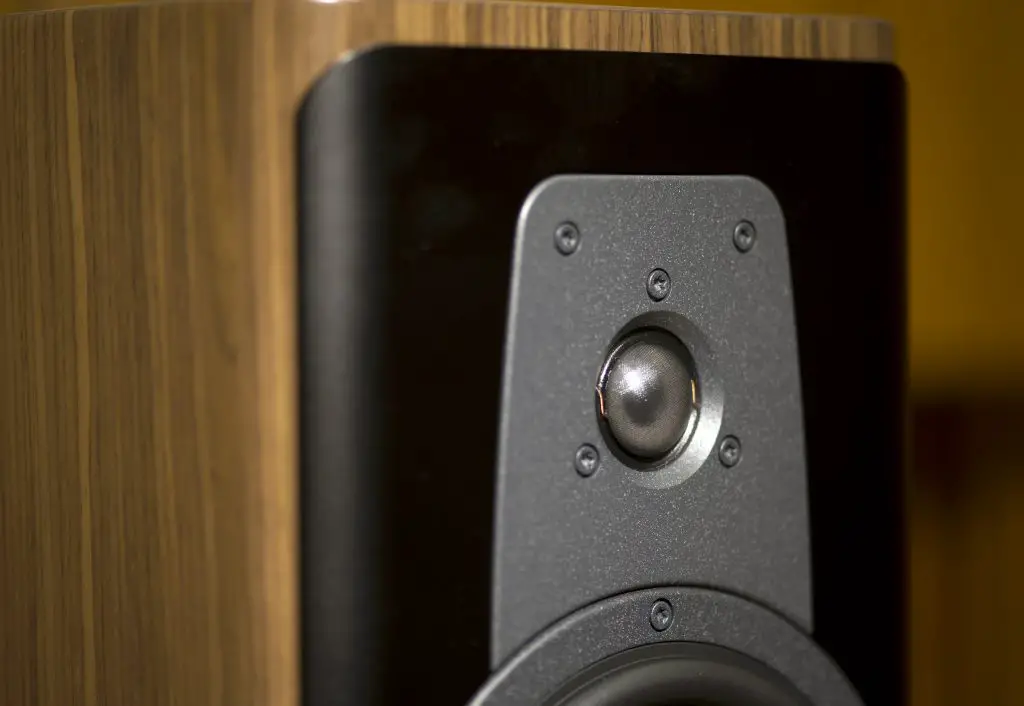
Fine Artistry
The speaker box is cut off by 10 mm to combine the aluminium alloy front panel with the MDF speaker box. Then, the aluminium alloy front panel and the MDF speaker box are carefully connected. The thickness of the aluminium alloy front panel and the MDF speaker box is up to 30 mm in total. Relying on the heavyweight of the aluminium alloy front panel and the MDF speaker box, it eliminates unnecessary vibrations affecting the sound.
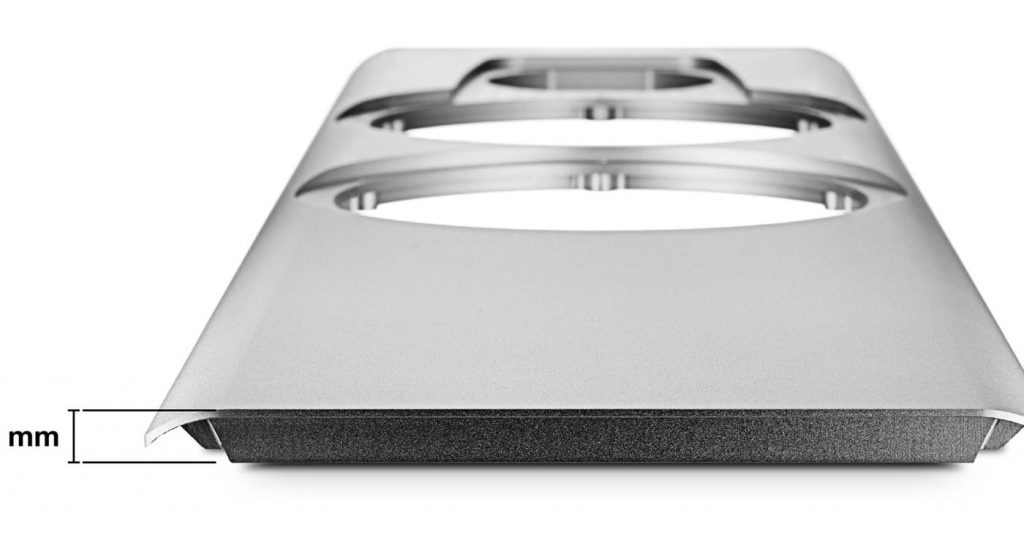
Let’s talk about the appearance of Contour 30. Dynaudio said that each pair of Contour 30 must take more than 40 hours to be repeatedly painted and polished. Although the treatment process for each colour appearance is slightly different, it must be up to 11 layers of repeated treatment.
The particle size of the finely polished sandpaper is smaller than that of human hair. The finest grinding method is used to give the Contour speakers a delicate appearance.
KERF-Cut MDF Dampening: Stabilization and Sound Guide
As for Contour 30’s speaker box material, MDF remains unchanged. But the arc box is the first design by Dynaudio. But the appearance of the arc is not enough. KERF-cut MDF dampening structure is added inside the speaker box.
These KERF-cut MDF dampening plates help stabilize the cabinet even more. The KERF-cuts themselves, and the thickness of the cabinet, actually help break up and absorb unwanted sound waves in the back of the cabinet making sure sound goes precisely where it’s supposed to: forwards.
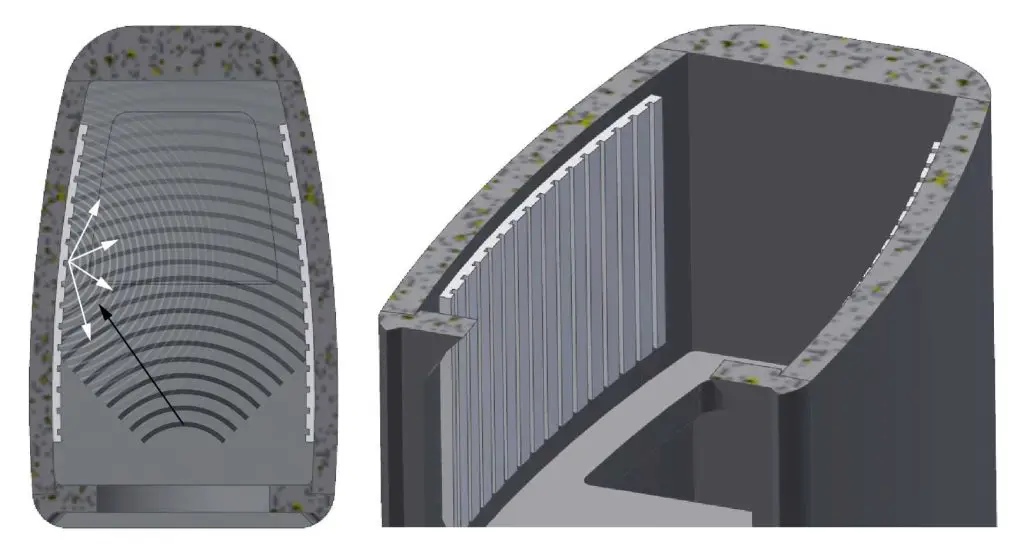
Designs that Boost Low Frequencies
Contour 30’s crossover is slightly different from Dynaudio’s design in the past, changed to second-order crossover, and emphasizes the use of high-quality Mundorf capacitors. In the past, Dynaudio preferred a simpler first-order crossover, but Contour 30 used a more complicated second-order crossover.
Although Contour 30 has dual mid-bass units, one of them does not have low-pass filtering and extends naturally. Besides, Contour 30 has a dual bass reflex hole design. These are to increase the sense of low-frequency volume.
Performance
Dynaudio Contour 30 did not disappoint me and even made me overjoyed. In addition to being smaller, the details are not as refined as the Confidence series. The performance on the sound is almost catching up with the Confidence series. In the low-band performance, Contour 30 out-performs the previous generation, while in the middle and high-frequency bands, you can feel that it is still sweet and transparent, and the mid-band has a moderate warmth.
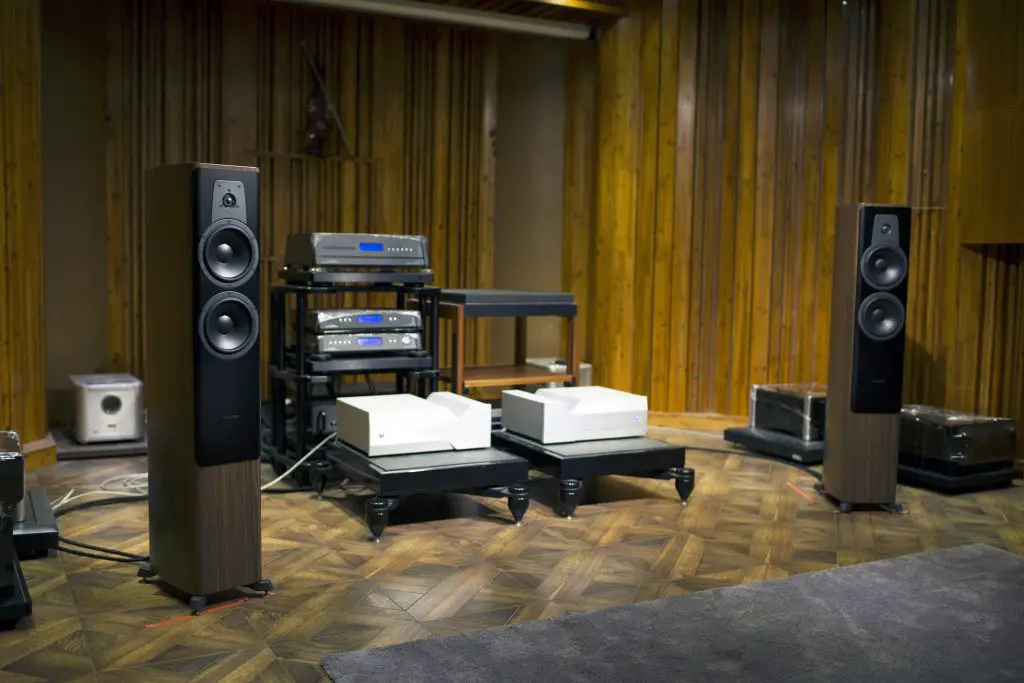
The charm of Contour 30 is the appeal of natural sweet music. This appeal of natural sweet music will attract people to want to listen to one song after another. But whether it is a significant improvement in the low-frequency or a high-frequency technology update, Contour 30 is indeed far more than the previous generation. There is a reborn upgrade. If you have ever imagined, you want to own the Confidence series, but because of the budget, now you can try Contour 30. Although it is still a mid-range product of Dynaudio, the reborn upgrade brings more music enjoyment.
Conclusion
Dynaudio Contour 30 maintains the name of Contour, but it looks like a brand-new speaker. The new 18W55 mid-bass not only makes the MSP diaphragm thinner, but the spider also uses an innovative asymmetric design. At the same time, the voice coil, winding, magnet, and heat dissipation system have all been changed. I often tell my friends that the most expensive part of the speaker is the low frequency. If you want a fuller, clearer, faster high-quality low-frequency, it will definitely cost more than a refreshing high-pitched sound.
Dynaudio Contour 30 Specs
- Sensitivity: 87dB (2,83V / 1m)
- IEC Power Handling: 300W
- Impedance: 4 Ohms
- Frequency Response (±3dB): 32Hz – 23kHz
- Box Principle: Bass Reflex Rear Ported
- Crossover: 2½ way
- Crossover Frequency: (300) / 2200Hz
- Crossover Topology: 2nd order
- Woofer: 2 x 18cm MSP
- Tweeter: 28mm Esotar2
- Weight: 34.4kg / 76lb
- Dimensions (W x H x D): 215 x 1140 x 360mm, 8.5 x 44.9 x 14.2in
- Dimensions with feet/grill (W x H x D): 300 x 1169 x 403mm, 11.8 x 46.0 x 15.9in
